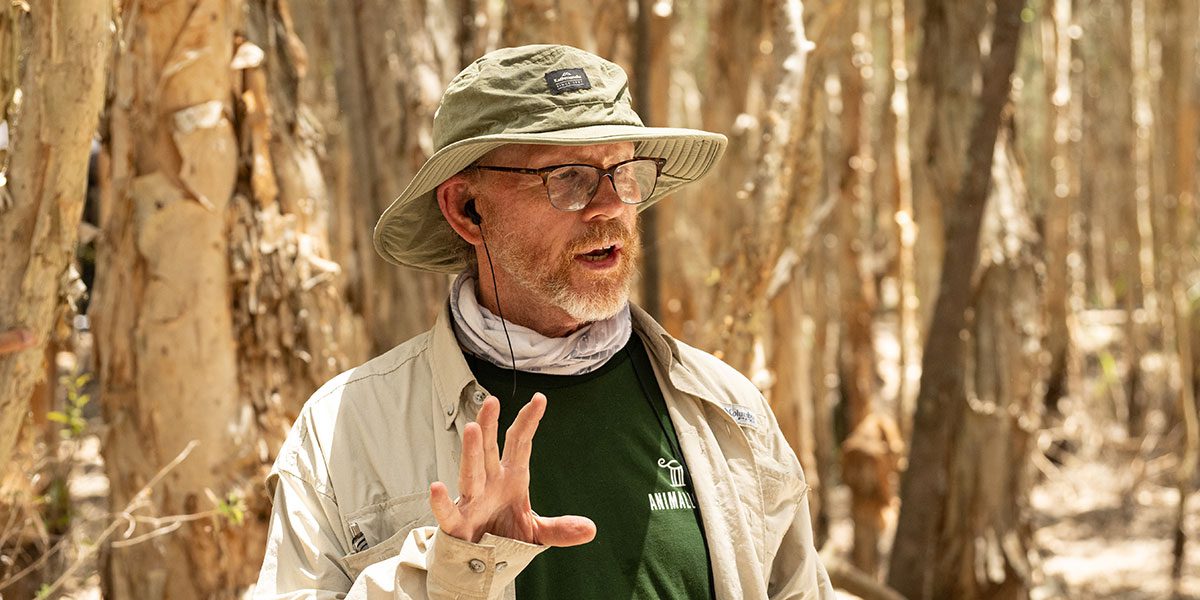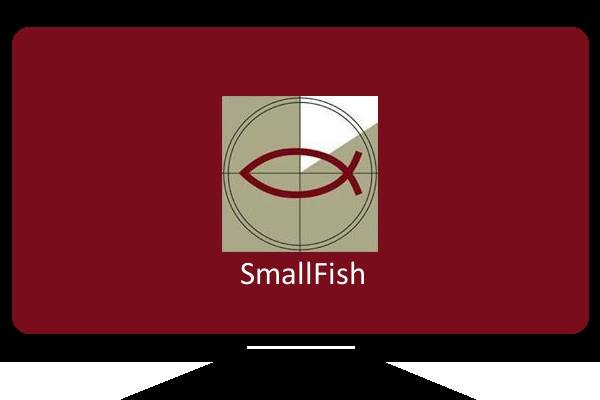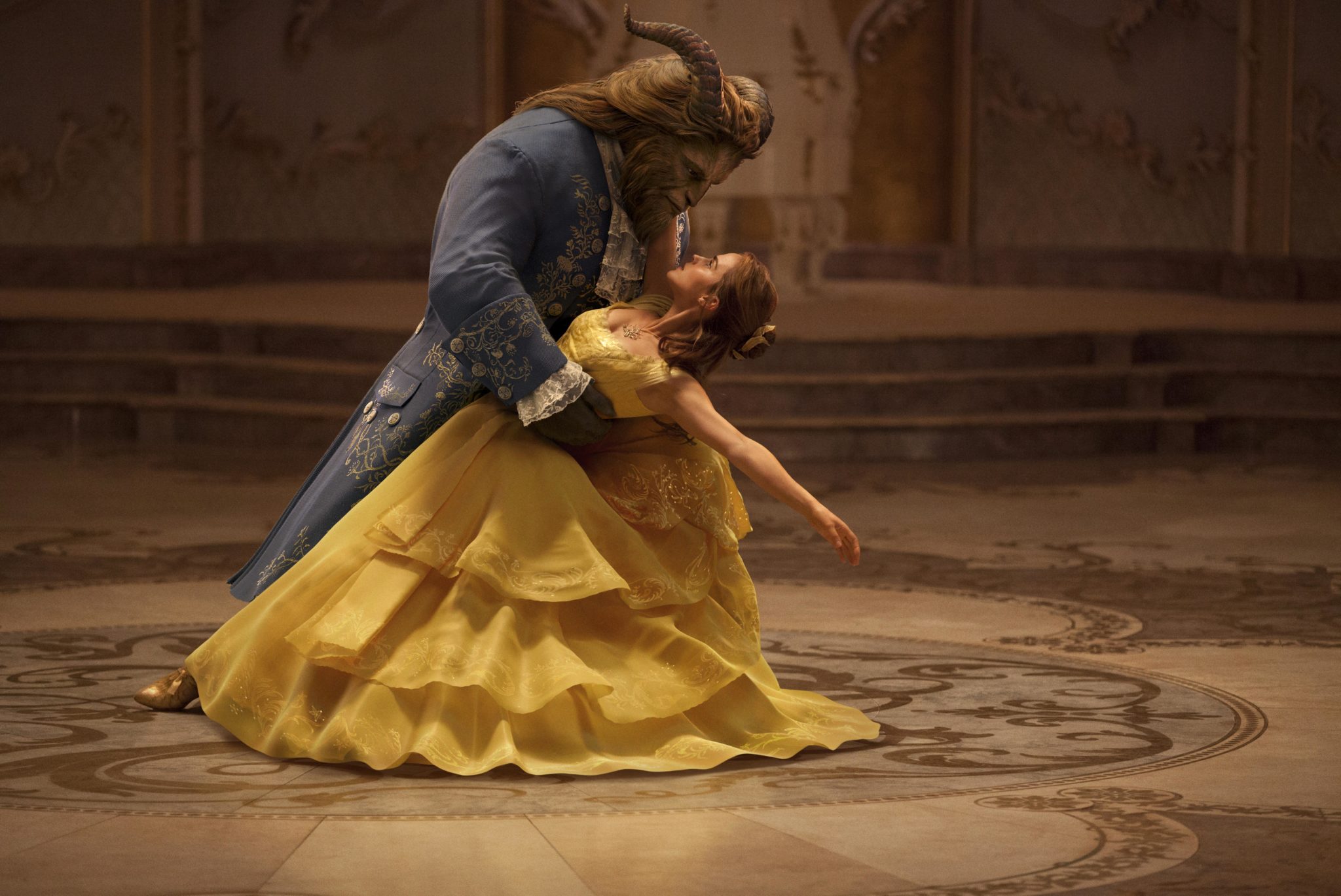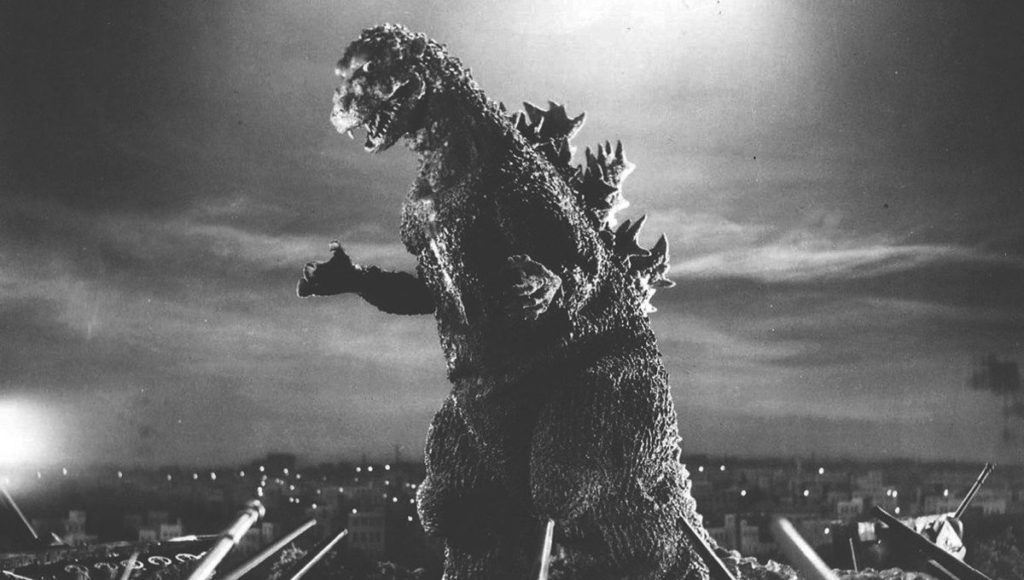
Note from the Editor: A longtime friend to SF Radio, Ben Dower knows a thing or two about monster movies. Starting this week, Ben will be penning a weekly review of classic monster mayhem and their historical importance.
By Ben Dower
As World War II approached its end, Japanese cities were heavily bombed by the United States.??In one night in March 1945, Tokyo was devastated in a brutal firebombing raid that killed over 90,000 people, mostly civilians.? On August 6th, 1945, the United States dropped the first nuclear bomb used in warfare on the city of Hiroshima, followed three days later by the second on Nagasaki.??
During the Occupation of Japan in the years following the war, occupation forces exorcised heavy censorship of the media to prevent criticism of the Allies.??When the Occupation of Japan ended in 1952, there was much more freedom for the media to begin discussing the topics that had been off-limits, including the atomic bombings.
In March 1954, the United States conducted the Castle Bravo H-bomb test on Bikini Atoll.??The test caused highly radioactive fallout to rain down on nearby inhabited islands, as well as the Japanese fishing vessel Daigo Fukury? Maru.
It is from these events that Godzilla was born.??
While most American giant monster movies featured a beast that goes on a rampage before it’s eventually killed (ie. ?King Kong?or?The Beast from 20,000 Fathoms),?Godzilla?took this formula and infused it with metaphor. The film starts with a fishing vessel plowing along the ocean, its crew relaxing on the deck in the sun.??Suddenly there is a flash of light, a roar, and the ship bursts into flames.??This is an obvious reference to the Daigo Fukury? Maru, an event that had occurred just months prior and was fresh in the minds of the audience.
The film builds slowly, revealing first Godzilla?s leg as he tramples a village on Odo Island.??Paleontologist Dr. Kyohei Yamane (played by Takashi Shimura, an Akira Kurosawa staple) heads to Odo Island and it is discovered Godzilla?s footprints are radioactive with material consistent with a hydrogen bomb.??During the expedition to Odo Island, Godzilla appears on land again, his head rising over a hill and roaring menacingly at our protagonists in an incredible composite shot.
The Japan Self-Defense Force (JSDF), which had only been founded in July of that year, drops depth charges on Godzilla and it is thought the monster is defeated.??As people celebrate Godzilla?s demise, the monster surfaces very much alive inside Tokyo Bay.
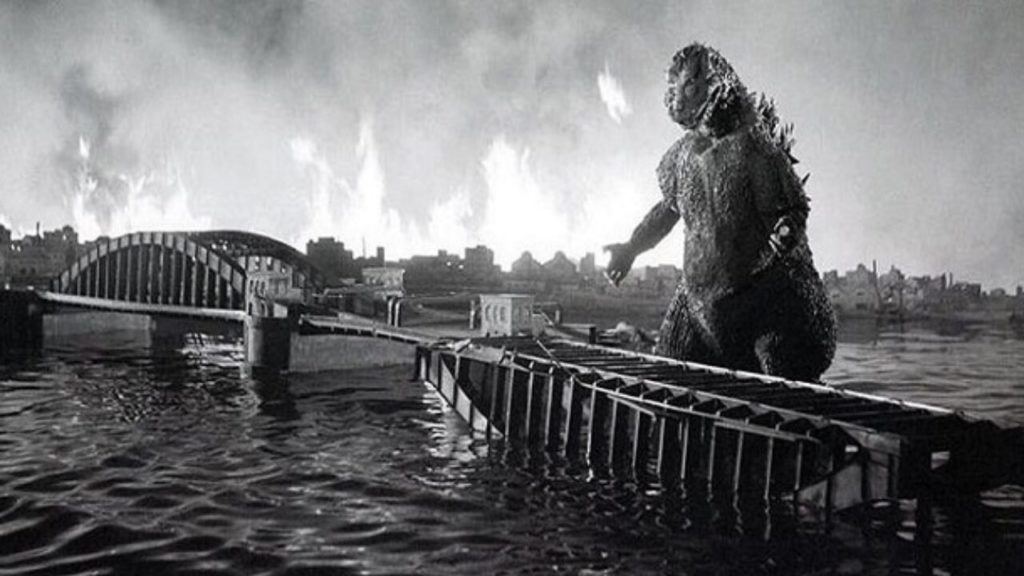
Godzilla soon comes ashore in Tokyo, trampling through a train station and picking up a train car in his mouth.??This sequence is the big reveal, featuring the first full shots of the monster.??It is an amazing special effects sequence, with the man-in-suit Godzilla composited behind real shots of Tokyo, the black-and-white film helping to conceal any imperfections.??The result is truly haunting as Godzilla moves like a spectre through the city, looming over the buildings and people below.??After a short rampage, Godzilla heads back into Tokyo Bay and disappears under the water.
The government quickly mobilizes the JSDF and constructs a barrier of high-tension wires along the shore to prevent Godzilla from entering the city again.??Civilians are evacuated, with scenes of soldiers loading children onto trucks and people carrying everything they can as they flee.??These scenes are very reminiscent of the war.
Sure enough, Godzilla rises from the sea again and heads to Tokyo.??He easily tears through the electrified barrier, clawing through the wires and melting the towers with his atomic breath.??Godzilla proceeds to blast away the JSDF and much of Tokyo, moving through the city silhouetted against the flames like a demon in hell.
It is in this rampage through Tokyo that we get our clearest wartime imagery.??The flames towering over Tokyo?s landmarks are no doubt meant to evoke the firebombing of March 1945.??Godzilla?s atomic breath, which is portrayed like a cloud fired out of his mouth, is an effort to visualize radiation on screen, vaporizing people like the atomic bombs did in Hiroshima and Nagasaki, and leaving others in the vicinity with radiation sickness.??Added to this are the planes, tanks, cannons, and rescue forces, all of which would remind viewers of the war.
Watching the devastation on his TV at home is the young scientist Dr. Serizawa (played by Akihiko Hirata).??Dr. Serizawa has been conducting research on oxygen and has discovered a way to create a new super weapon, which he calls the Oxygen Destroyer.??Dr. Serizawa ultimately must make a horrible decision: reveal the weapon to kill Godzilla and risk the nations of the world adding it to their arsenals, or keep his weapon a secret and let Godzilla continue his reign of death.
Godzilla?was released in Japan on November 3, 1954 and was an immediate hit.??The North American distribution rights were sold in 1955 and the film was heavily re-edited, toning down some of the more explicit anti-nuclear themes and inserting scenes of Raymond Burr as an American reporter witnessing the events as they unfold.??While generally considered inferior to the original version, the editing to insert Raymond Burr into the action is incredibly well done.??This version was released to North American theatres in 1956 as?Godzilla, King of the Monsters! and was the only way the first Godzilla film was distributed in North America for 50 years.??In 2004, the original Japanese version got a limited theatrical release in North America by Rialto Pictures.??
Godzilla?and?Godzilla, King of the Monsters!?are currently available from The Criterion Collection, both as a stand alone DVD or Blu-ray and as part of their?Godzilla: The Showa-Era Films, 1954-1975?Blu-ray set featuring the first 15 Godzilla movies.


